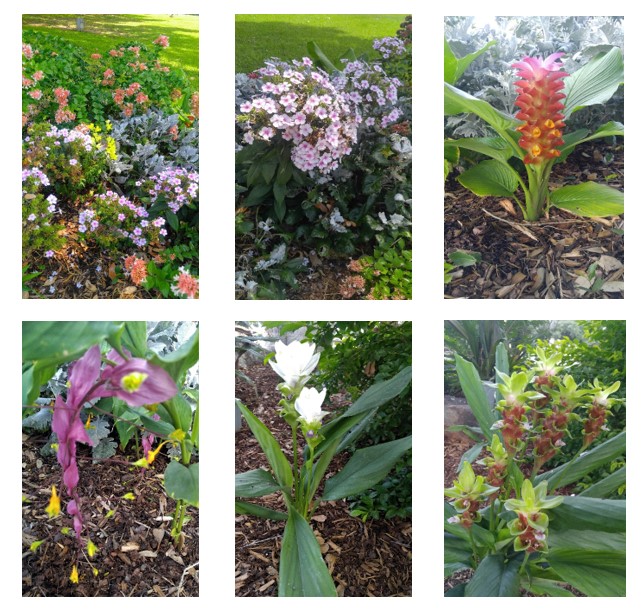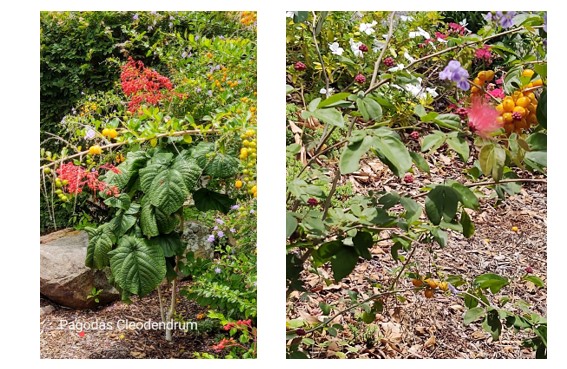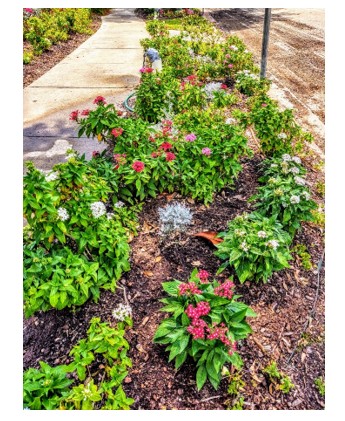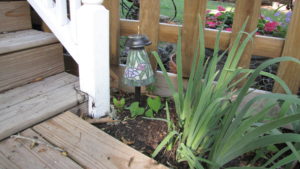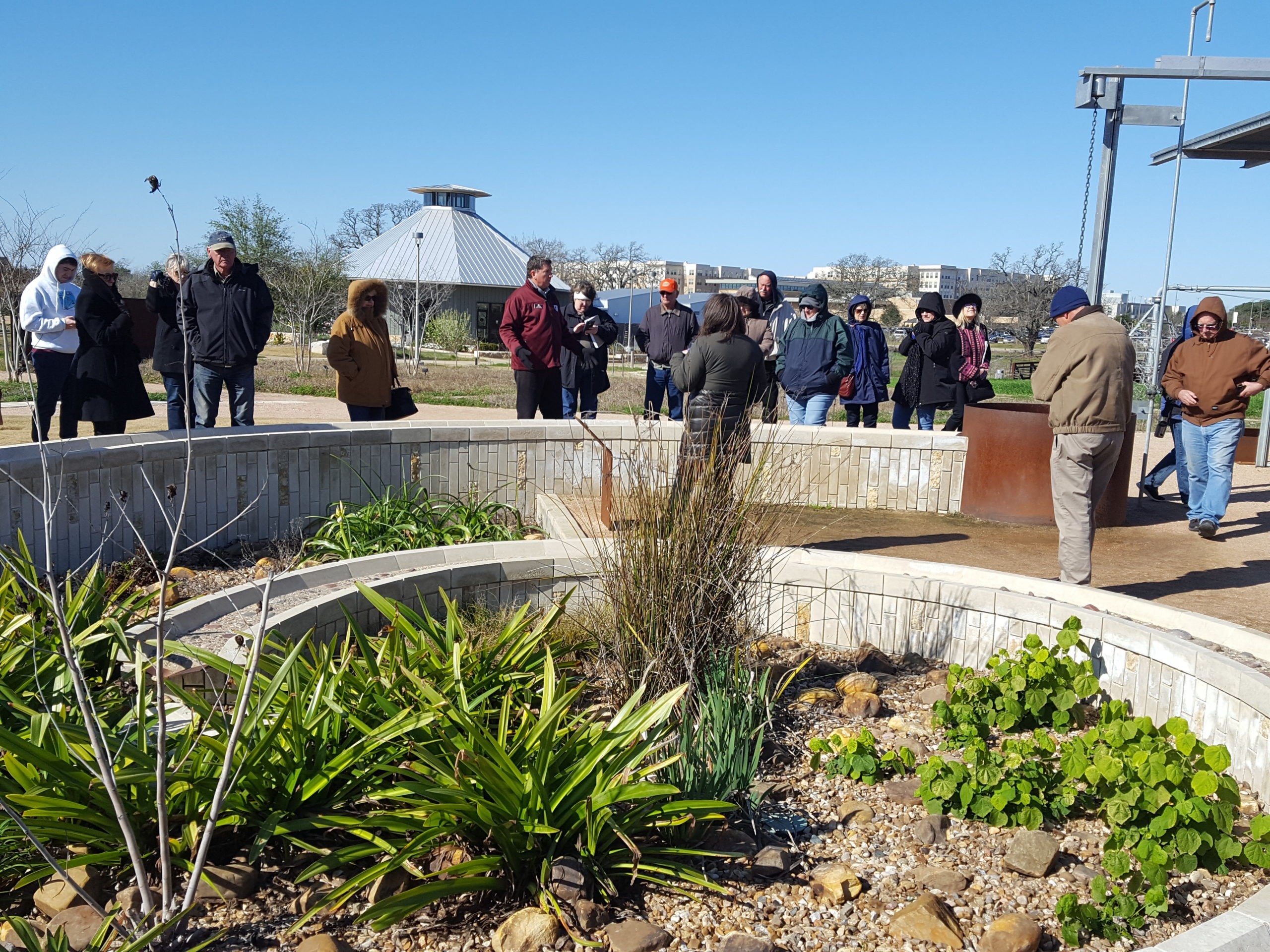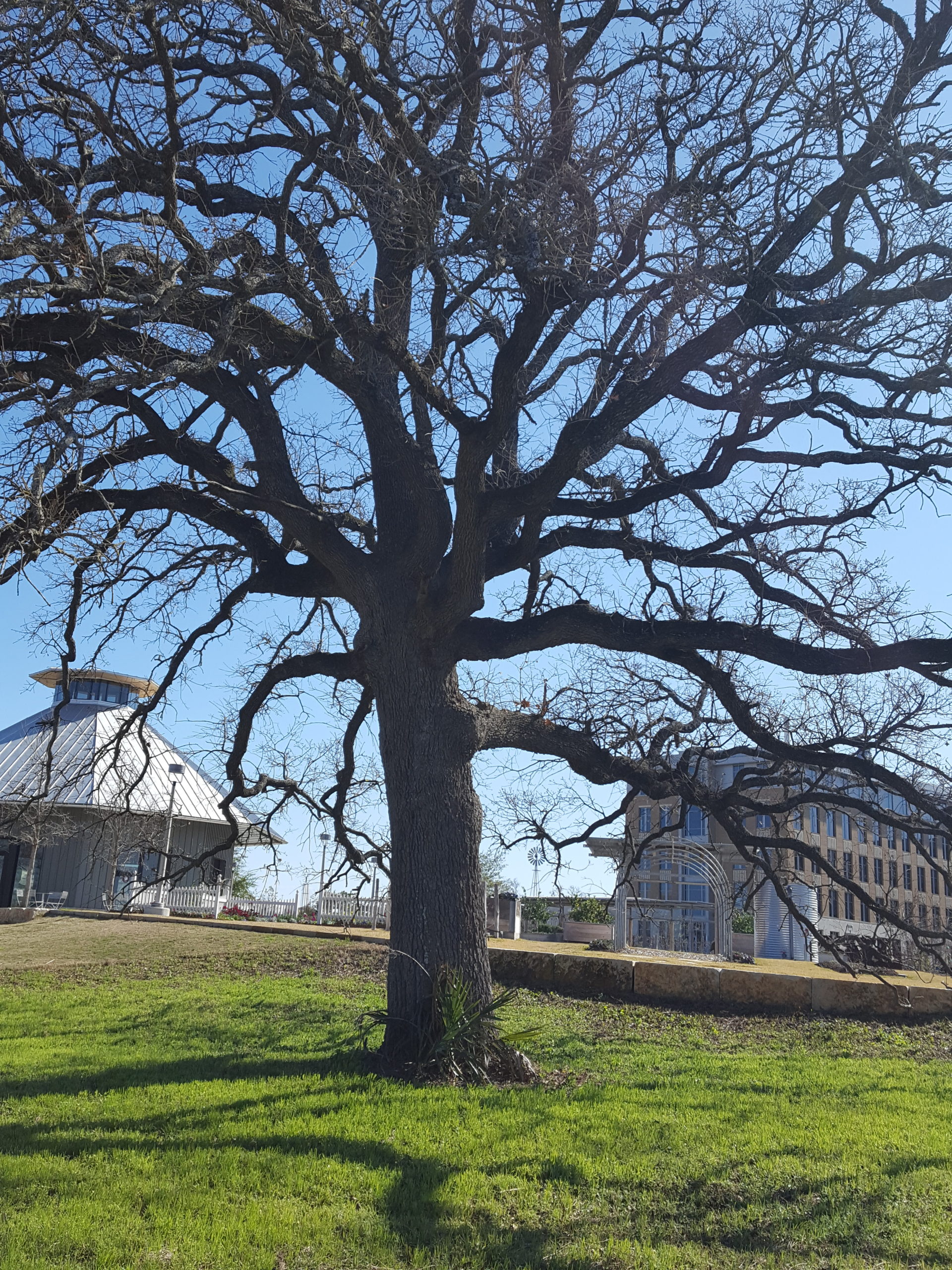 The Bluebonnet Master Gardener Association announces opening registration for it 2024 Master Gardener Certification Training Class.
The Bluebonnet Master Gardener Association announces opening registration for it 2024 Master Gardener Certification Training Class.
Our 2024 Class is scheduled each Wedenday from January 10th – April 24th, 2024 with the final graduation class on Tuesday, April 23, 2024. The last class on April 24th is a Bonus Day including topics not contained in the standard training manuel.
Participants from Austin, Colorado, Fayette & Washington Counties are welcome to register for the class. The 50+ hours of classes will be held at the Washington County Expo Event Center at 1305 East Bell Road, Brenham, Texas 77833.
Details of field trips for on-site learning will be announced in class. The Master Gardener Handbook, compiled by the Texas Master Gardener Association, is included in the $200 registration fee. You may register online below or contact the Washington County Extension office at (979) 277-6262 for more information.
Class size is limited to 25.
For more information about the Master Gardener Program and to apply for the class, HERE











